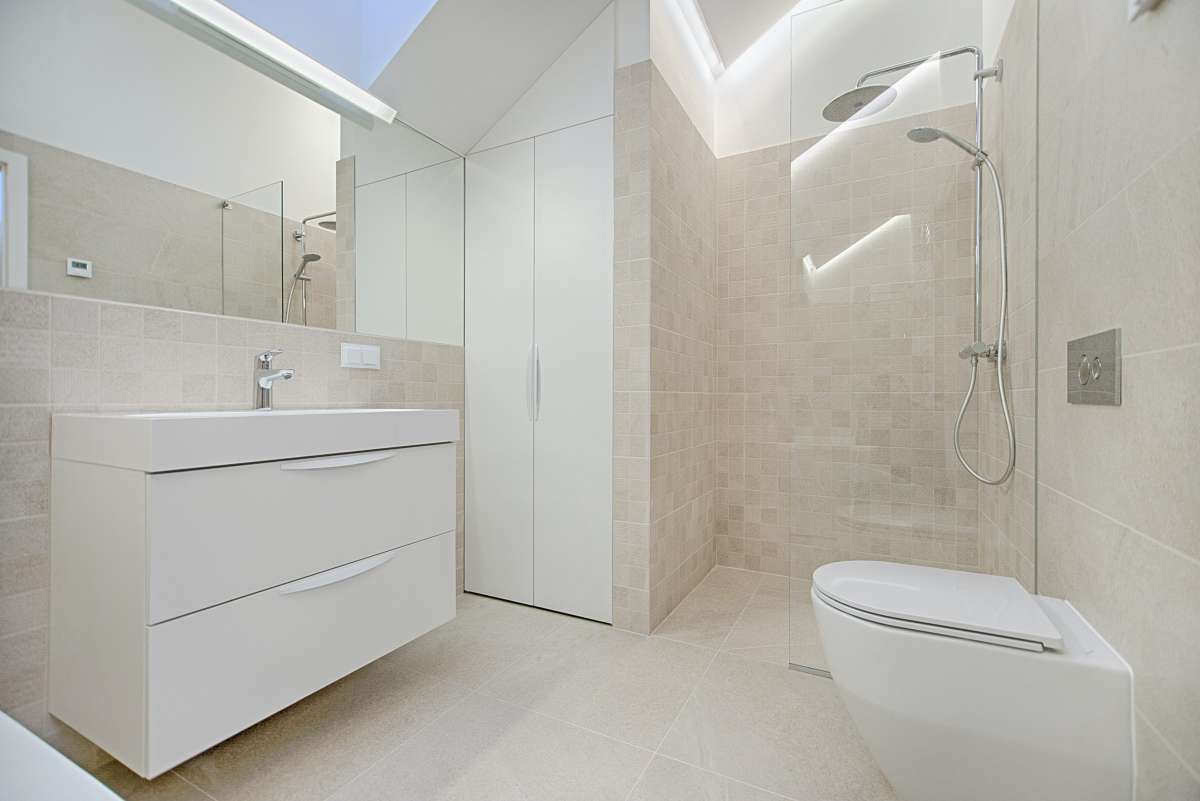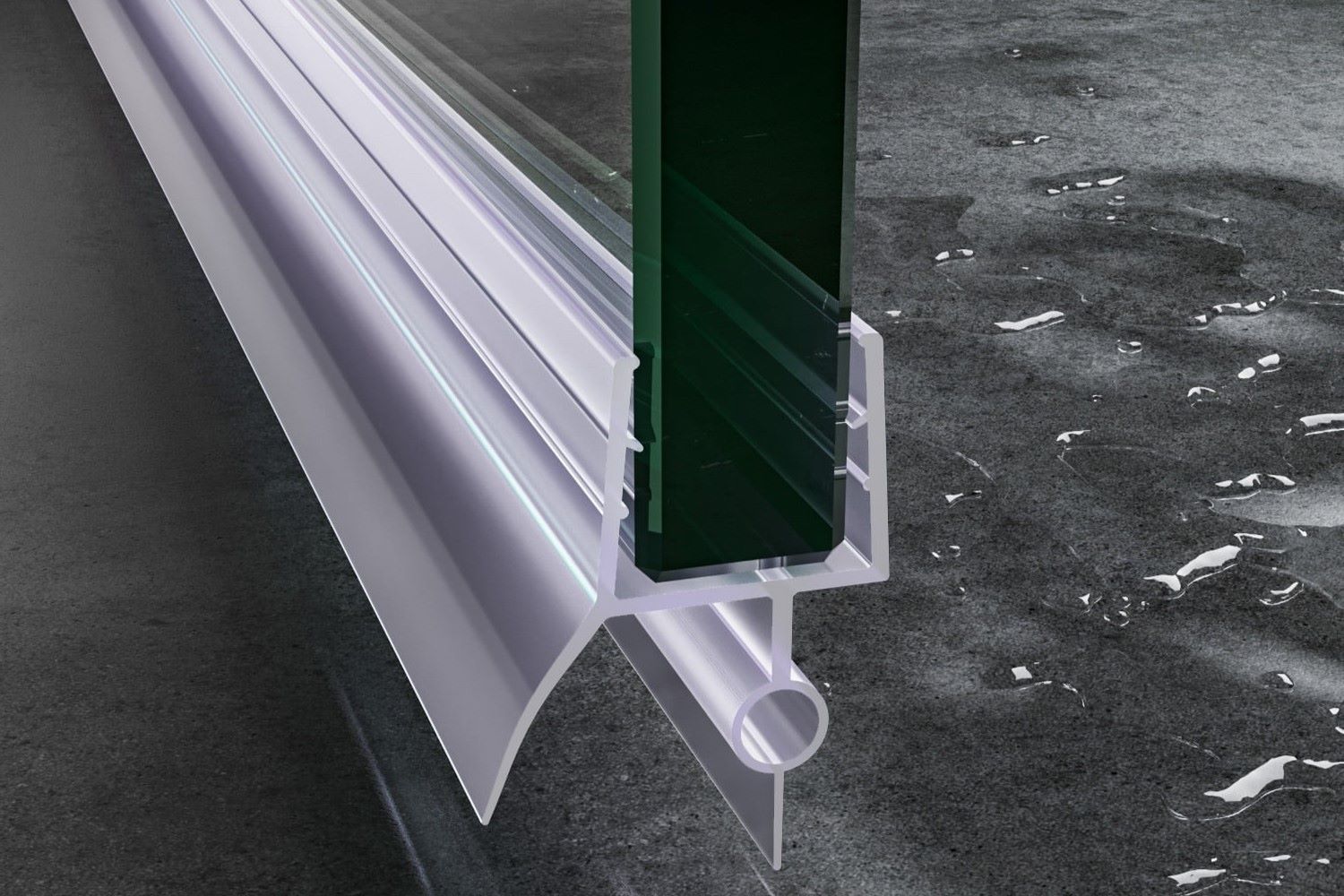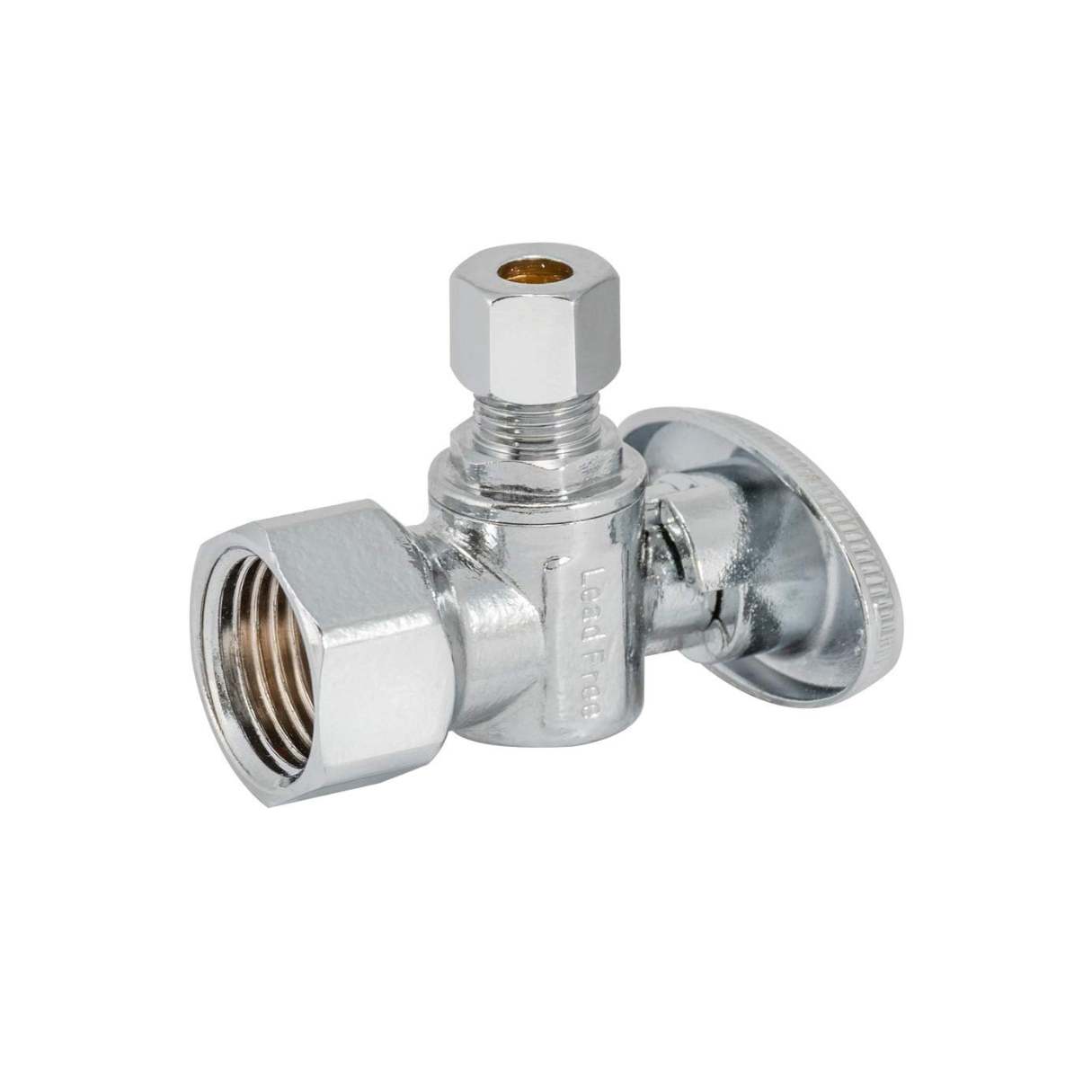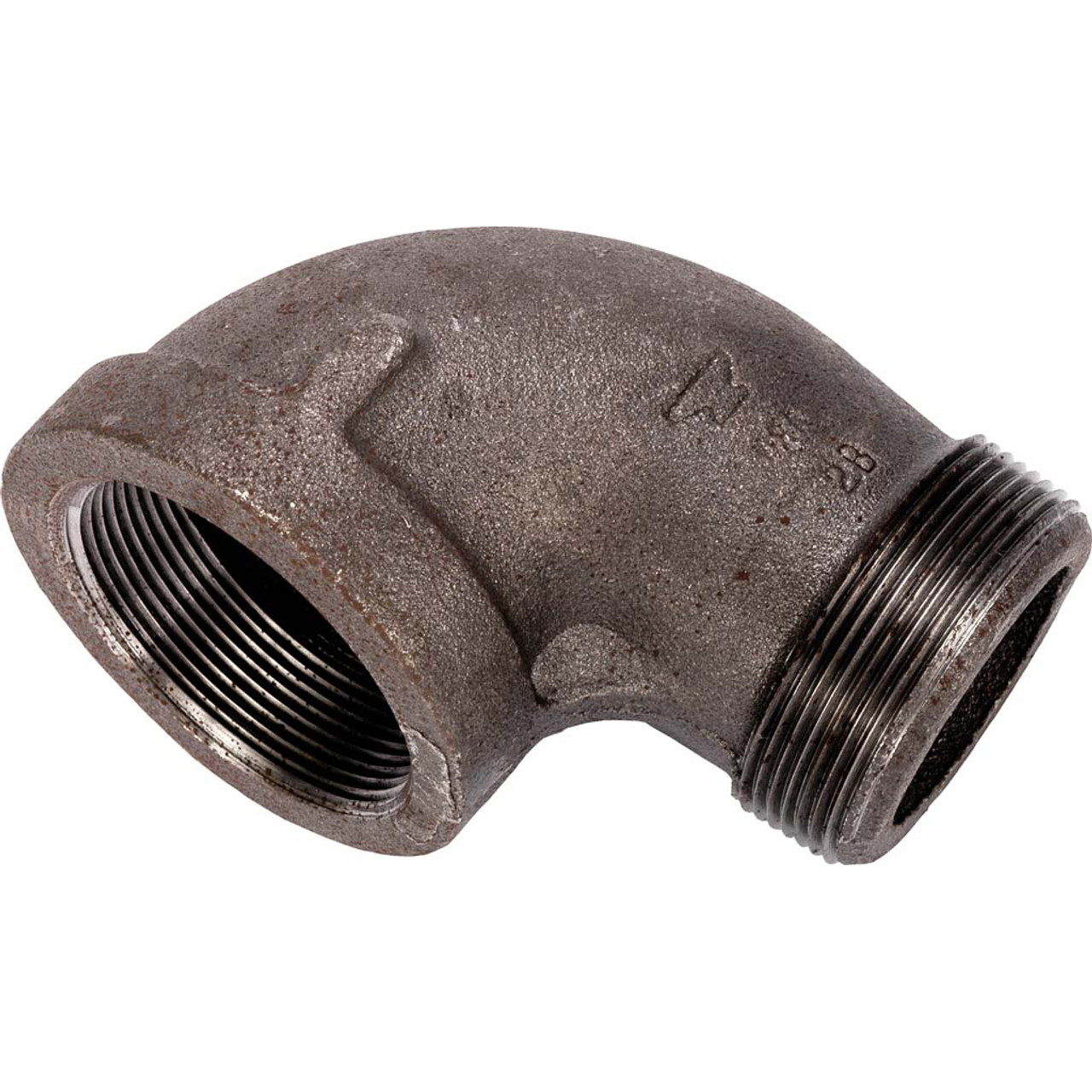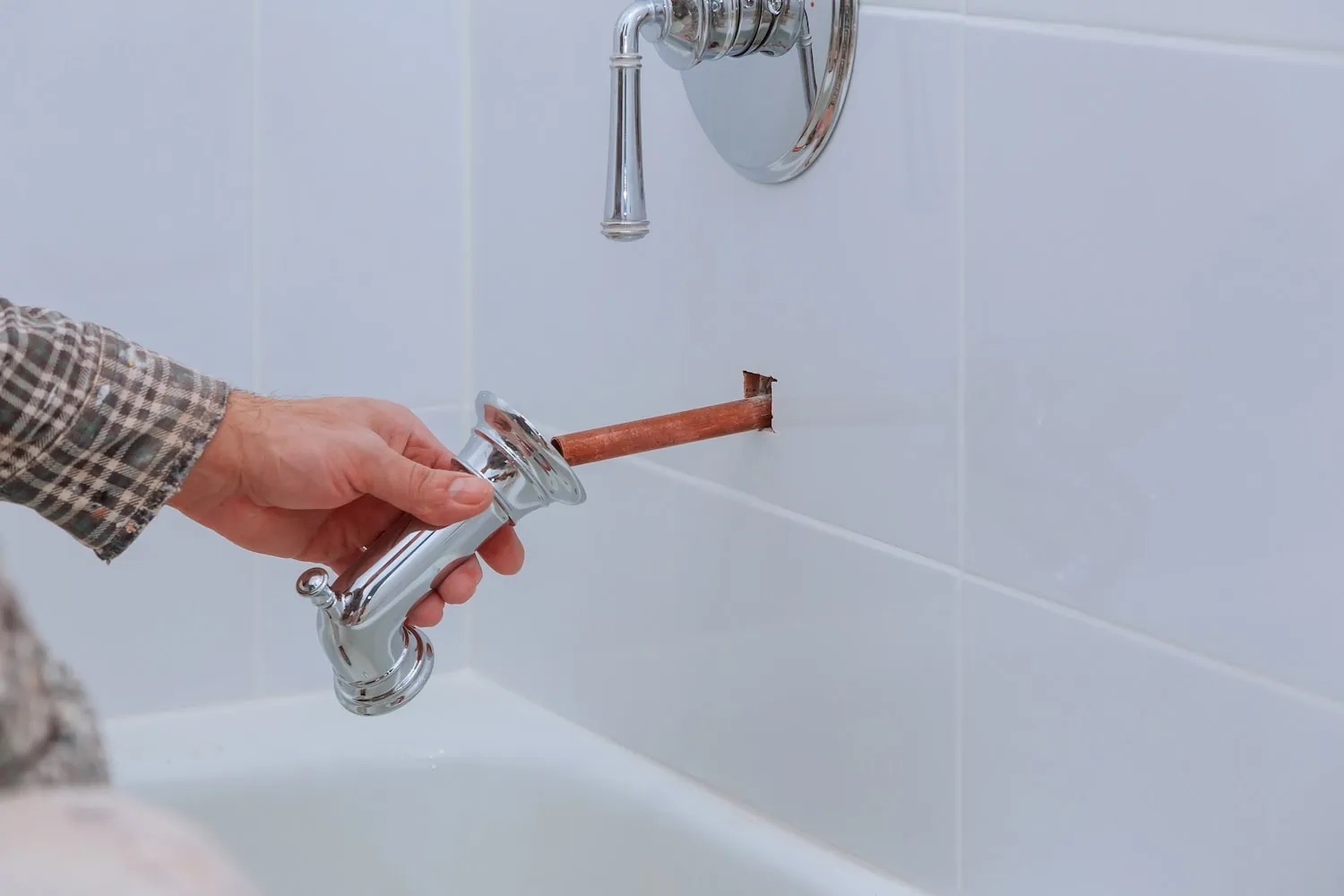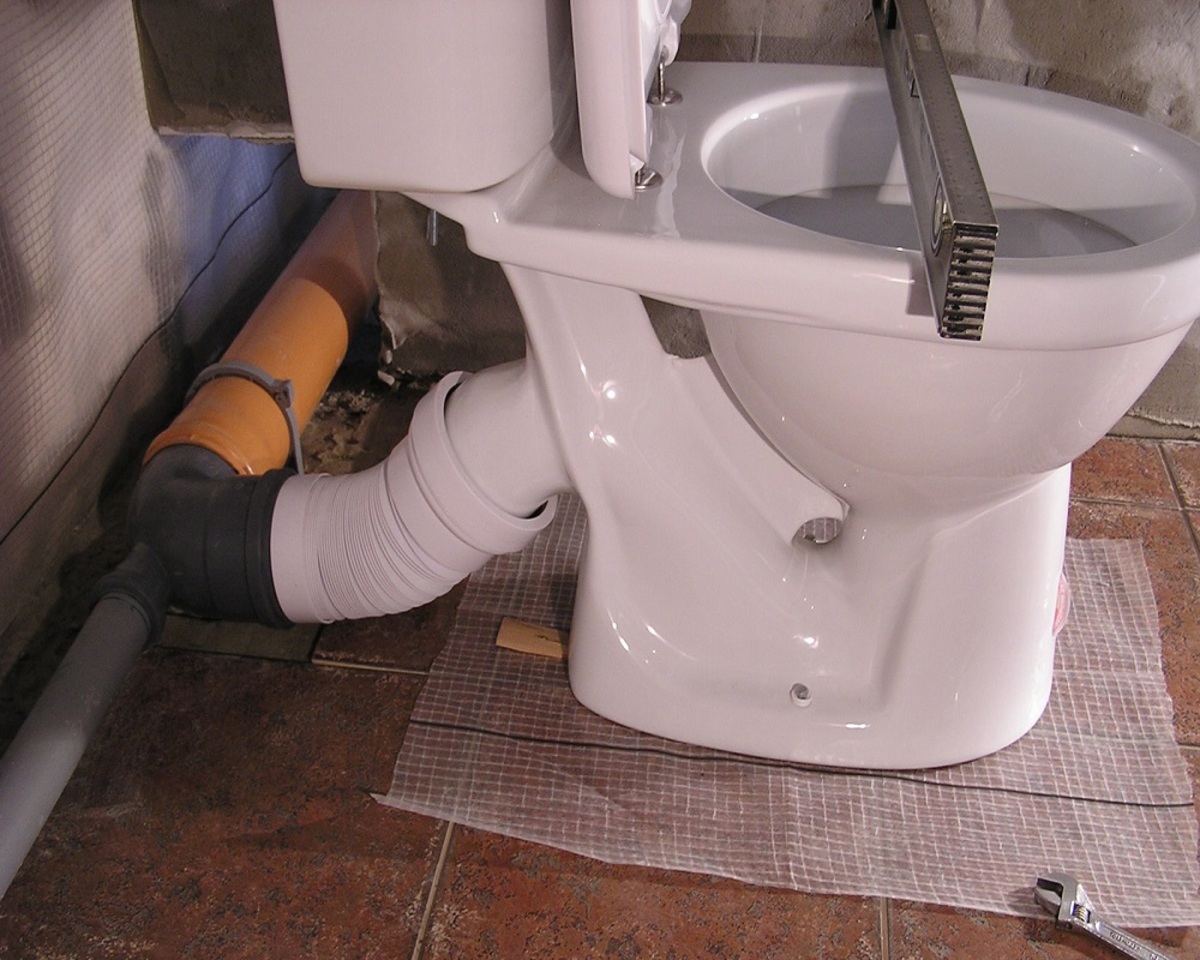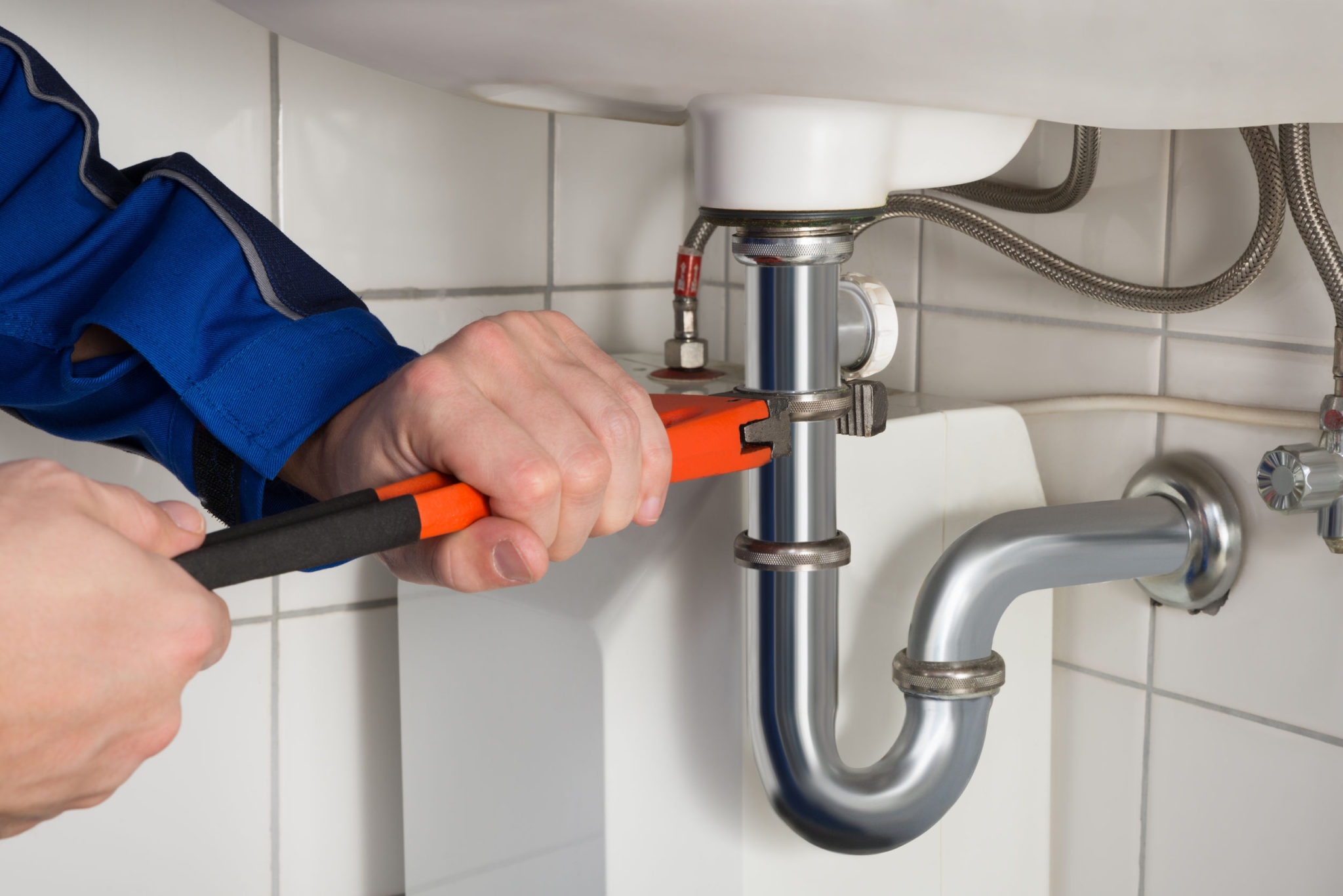Home> Bathroom Plumbing
Revamp Your Space with Expert Bathroom Plumbing Tips!
Discover expert bathroom plumbing tips to revamp your space! From installing fixtures to fixing leaks, enhance your bathroom plumbing with our guidance.
How To Choose And Install The Right Bathroom Shower Door Sweep
By: James Anderson • Ideas and Tips
How To Choose And Install The Right Bathroom Shower Drain
By: Oliver Mitchell • Ideas and Tips
